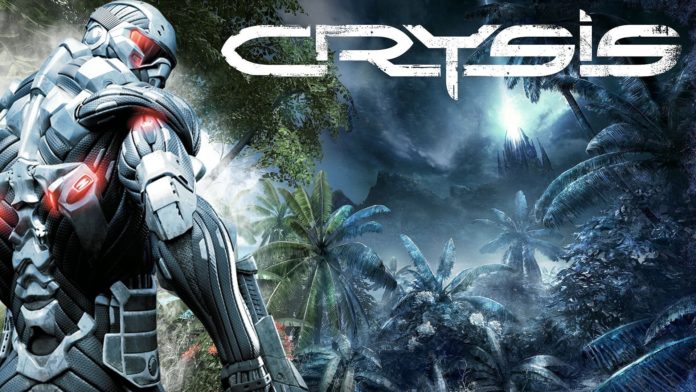Crysis (2007) was a milestone in PC gaming graphics and most importantly, the line, “Can It Run Crysis?” was coined. The visuals employed were never seen before and it single-handedly changed benchmarking for PC hardware. Video game graphics have come a long way since then and recently we got to view Crysis in a more refreshing, modern look. Digital Foundry conducted a test where they enabled raytracing, thanks to a Reshade mod created by Pascal Gilcher.
Check out the demonstration below:
This mod may allow implementation of raytracing in ANY game that works with ReShade. More on this topic by Gilcher himself:
I’m working hard on a ray traced Global Illumination method for ReShade.
This means you can have GI as drop-in in every game you want, with a few clicks. Work on such a feature started over a year ago, I posted some screenshots on the ReShade forums but eventually discarded it, due to other projects having more priority.
Since NVIDIA kicked off mainstream interest in ray tracing, I figured this is the right moment to revive that project and start making Ray Tracing accessible for everyone, which is what ReShade is all about. Alpha supporters are already testing (and apparently enjoying) the new feature! I hope to make it beta-worthy soon and also release it to the general public.
How does this relate to Minecraft Path Tracing shaders? Well, besides the path tracing part, not at all. Minecraft SEUS PTGI shaders are inherently tied to the voxel data of Minecraft, while also having data available from outside the screen, my implementation uses neither voxels nor does it access or store data outside the screen. Even though these restrictions are pretty tight, the feature itself is coming along nicely!
Major constraint at this point is performance (ray tracing, duh) – the way ray/path tracing works cannot be cut short in any way so I have to find a solution that requires as few rays as possible while not being noisy and also temporally stable.
Global Illumination is the main focus at the moment, my shader collection qUINT already has a screen-space reflection shader so there’s no reason to reinvent the wheel here.
Pascal Gilcher
Crysis was the original game which made use of screen-space ambient occlusion (SSAO). This uses data from the depth buffer to add shade to every part of the screen. This technique has evolved over the years into Reshade beaming out three rays per pixel to calculate shade and light bounce, adding a new layer of accuracy. This is obviously a very computationally intensive task, so performance will be widely varied.
Reshade works under DirectX9 and DirectX11, so Nvidia Geforce RTX hardware that leverages DX12 won’t offer any better performance. The Reshade mod is now available on Patreon for a 20$ support.
Further Reading:


